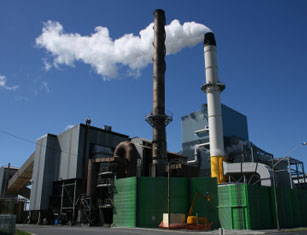Eurozone industrial production rebounds

Eurozone industrial production rebounded in February, official data showed on Wednesday, fuelled by an increase in consumer goods.
According to Eurostat, the European Union’s statistics office, seasonally-adjusted industrial production rose 0.7% month-on-month, and by 0.6% in the wider bloc. That compares to a fall of 0.7% in January in the Eurozone, and a 0.3% decline across the EU.
Year-on-year, industrial production increased by 2.0% and by 3.0% in the Eurozone and EU respectively.
Production of durable consumer goods rose 2.7% in the Eurozone, while non-durable consumer goods improved 1.9% and intermediate goods increased 0.9%. Production of capital goods fell by 0.1%, while energy was down 1.1%.
Among member states, industrial production rose by 0.4% in Germany, the bloc’s biggest economy, from a rise of 0.5% a month previously.
In Spain, production jumped by 0.9% in February, compared to a 0.1% rise in January, while in Italy, it surged 4.0% following a 3.4% slide a month earlier.
In France, however, industrial production fell by 0.9%, reversing January’s 1.9% gain.
Bert Colijn, senior economist, Eurozone, at ING, said: "February is the final month of data that does not incorporate the war in Ukraine, and therefore there is a question about how relevant these numbers are.
"The main thing it tells us is that Eurozone industry was in a decent state ahead of the war, as production had stabilised at levels seen prior to the pandemic and supply chain problems were reducing.
"The outlook for industry remains clouded by uncertainty and sees clear risks to output. In March, supply chain problems worsened again as the war in Ukraine disrupted supply chains once more. Furthermore, Chinese lockdowns have started to impact transportation again.
"Expect production data to become more volatile from here on."